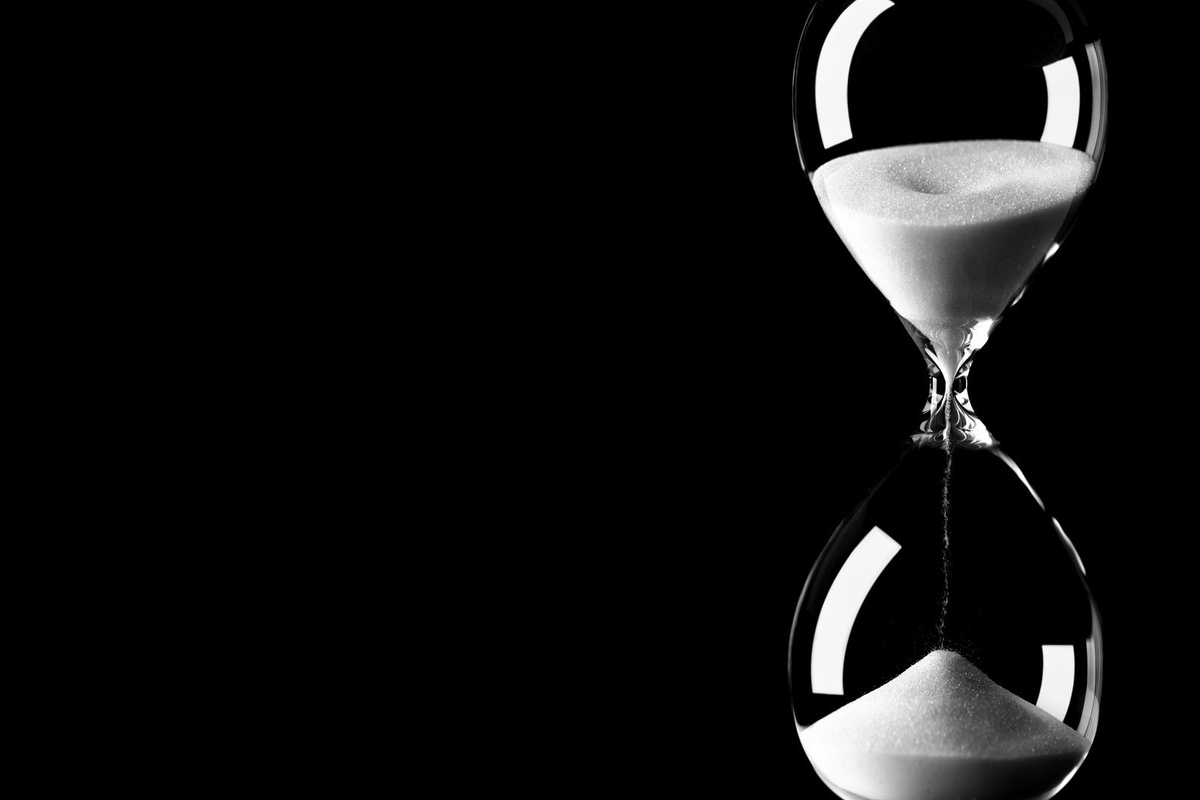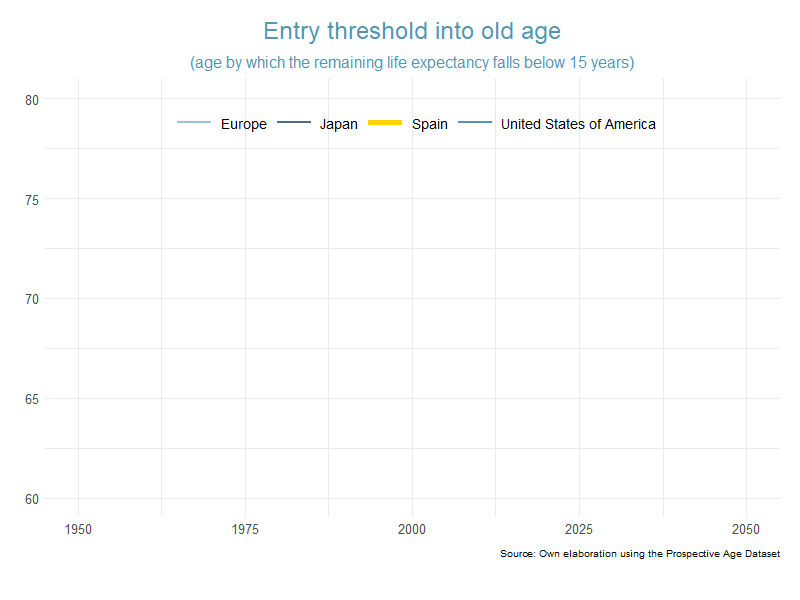
Demography is not destiny.
For decades, old age was defined by a fixed threshold—typically 65 years—as if reaching that milestone triggered a sudden decline in physical and cognitive abilities. While chronological age has been a practical benchmark in many areas, this approach overlooks key factors crucial to a country's economic prosperity. It fails to consider the significant improvements achieved in life expectancy and quality of life in recent years, as well as the fact that different aspects of aging do not impact one’s ability to perform tasks or activities in the same way.
This is why many scholars advocate for a more dynamic definition of old age—one based on functional age. For instance, Lutz et al. (2018) propose defining the onset of old age as the point at which a person’s remaining life expectancy falls below 15 years. Under this framework, a person in Spain would have been considered “old” at age 65 in 1970, but by 2050, that threshold will rise to 76 years.
Adopting this dynamic approach to aging significantly reduces the estimated negative impact of population aging on economic growth. Research by Kotschy and Bloom (2023) shows that, for OECD countries, the projected drag on GDP growth from a shrinking working-age population between 2020 and 2050 is cut in half. For Spain—the country with the highest life expectancy at birth in Europe—the revised projections are even more optimistic, highlighting the value of moving beyond chronological definitions of aging.

For more information, please see: Kotschy, Rainer and David E. Bloom. “Population Aging and Economic Growth: From Demographic Dividend to Demographic Drag?” National Bureau of Economic Research, Working Paper 32585, 2023 and Lutz, Wolfgang, et al. “Demographic and Human Capital Scenarios for the 21st Century”, 2018. Luxembourg: Publications Office of the European Union.